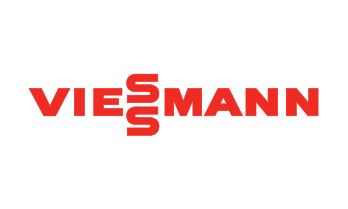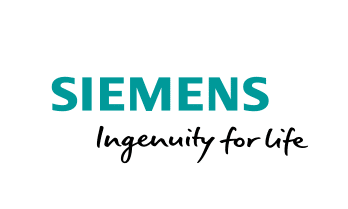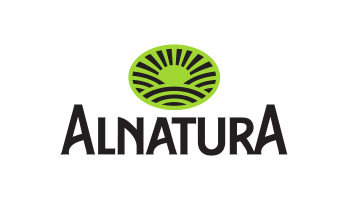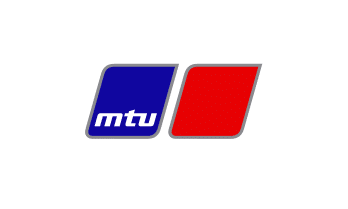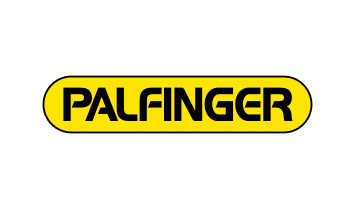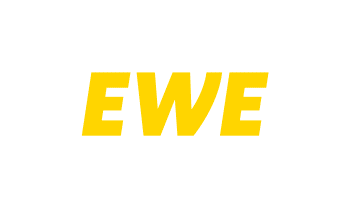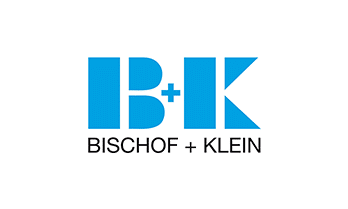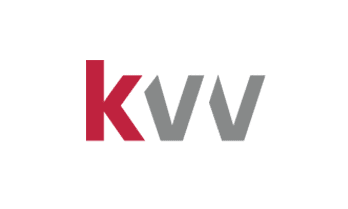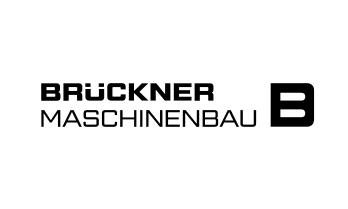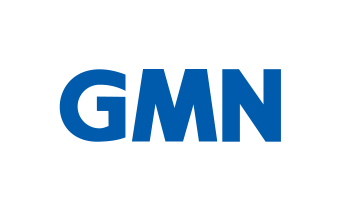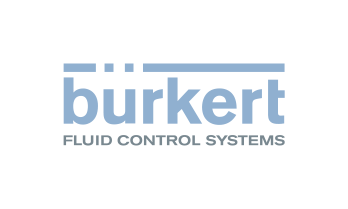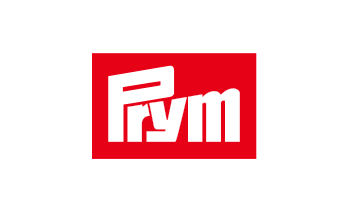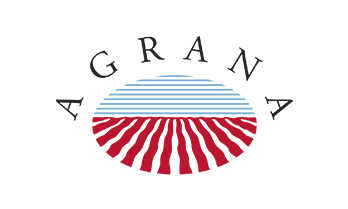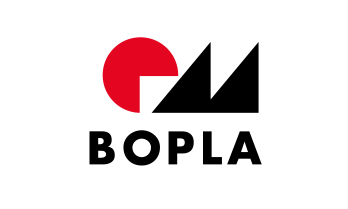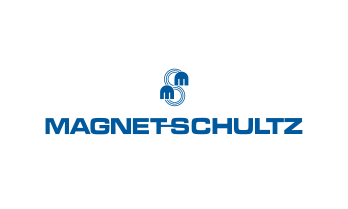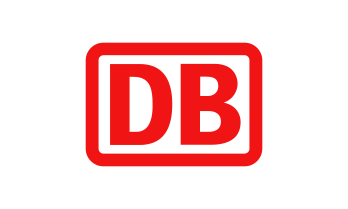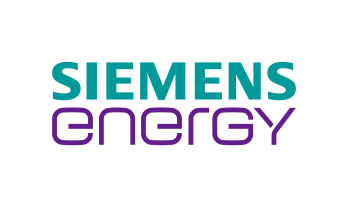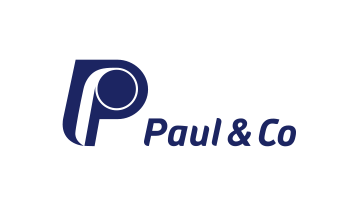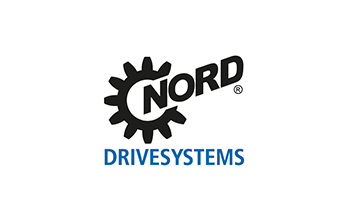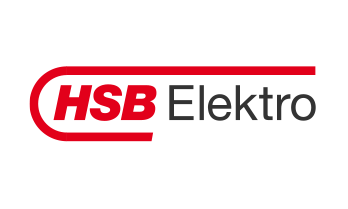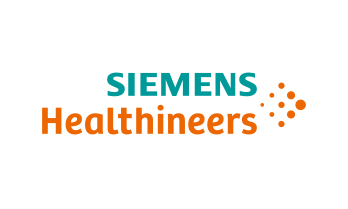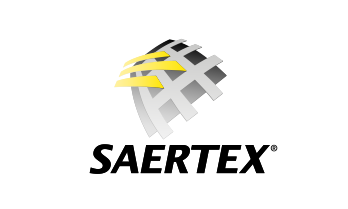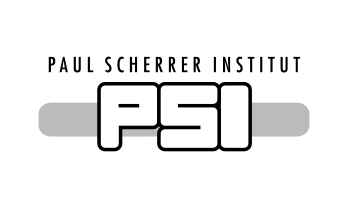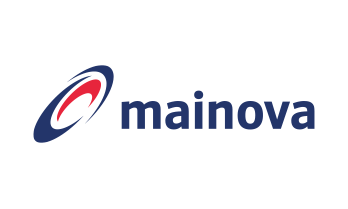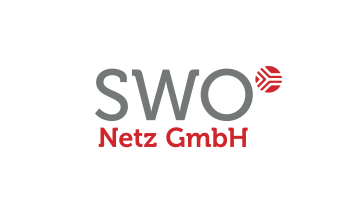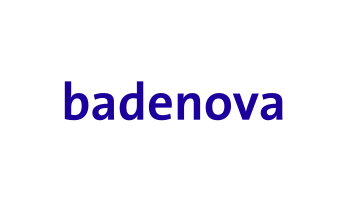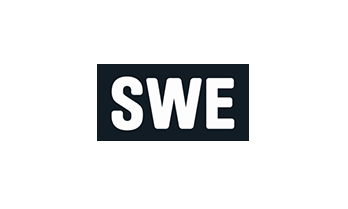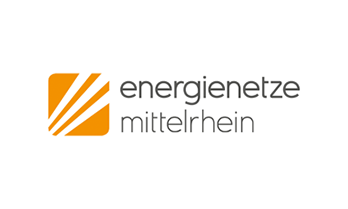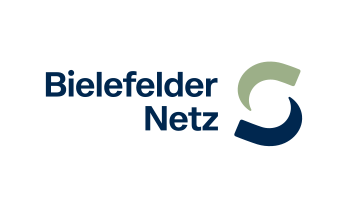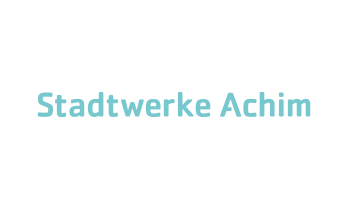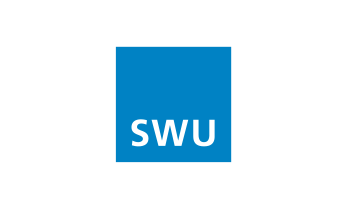REUSABILITY
CHALLENGE: SPEED AND FLEXIBILITY
When creating mobile applications, speed and flexibility are the key factors. Business processes must be digitalized as quickly as possible. In addition, there are different technologies and different systems that have to be integrated across companies. IT departments are usually not able to cope with these increasing requirements and are becoming excessively overwhelmed.
A STANDARD IS NEEDED
In order to meet the challenges, companies should rely on a standardized technological base. Grown IT systems and isolated solutions should be unbundled and standardized. The goal is to connect different IT systems, existing interfaces and applications physically and functionally.
By cross-linking internal solutions, companies benefit from:
- perfectly harmonized systems
- improved communication
- reduced complexity
- accelerated application development with reusable components

The Challenge
The biggest challenge to becoming a digital company is to be able to realize the increasing number of individual business applications within the given time.

THE PROBLEMS AT A GLANCE

HOW THESE PROBLEMS CAN BE SOLVED
THE SIMPLIFIER ENABLES STANDARDIZATION DUE TO CONFIGURATION
By using the Simplifier low-code platform, you can improve your company’s productivity significantly. The platform provides you with ready-to-use templates, widgets, plug-ins and components that can be used anytime.
Existing application templates can be used as a basis and can be adapted to individual requirements whenever required.
YOUR BENEFITS
Compared to a classic software development project, you can benefit from the following advantages when using the Simplifier:
CONFIGURATION APPROACH ENSURES STANDARDIZATION
The Simplifier automatically generates the code fragments as a result of the configuration. Compared to a code that has been typed manually, this ensures standardized quality of code. This allows errors to be identified faster and resolved via configuration.
In addition to this, change requests can be implemented much faster and more efficiently, because modifications do not have to be implemented in the source code of the application, merely the appropriate configuration objects have to be changed or extended. The ability to reuse existing configuration elements is crucial.

Maintenance & Optimization
How do you reduce effort and speed up updates and change requests?

UI Designer
You can use the UI Designer to create and design simple and intuitive user interfaces. Pre-configured layouts and elements are easily added by drag & drop and the properties are adjusted.
You can create your own elements at any time and add templates for further use. This way you build a useful library of elements such as tables, buttons and complete login forms, which you can use for further applications each time.
Process Designer
In the Process Designer, you create navigation steps and process-logics without any need to use code. By splitting the processes into individual user stories within the Process Dashboard, reusable processes are defined that can be collaboratively processed by several developers in parallel.
Individual modifications or extensions or even the use of special functions are still possible by coding as required. Necessary data sources such as existing ERP systems or used sensors are quickly and easily integrated into the processes via pre-configured interfaces (connectors).
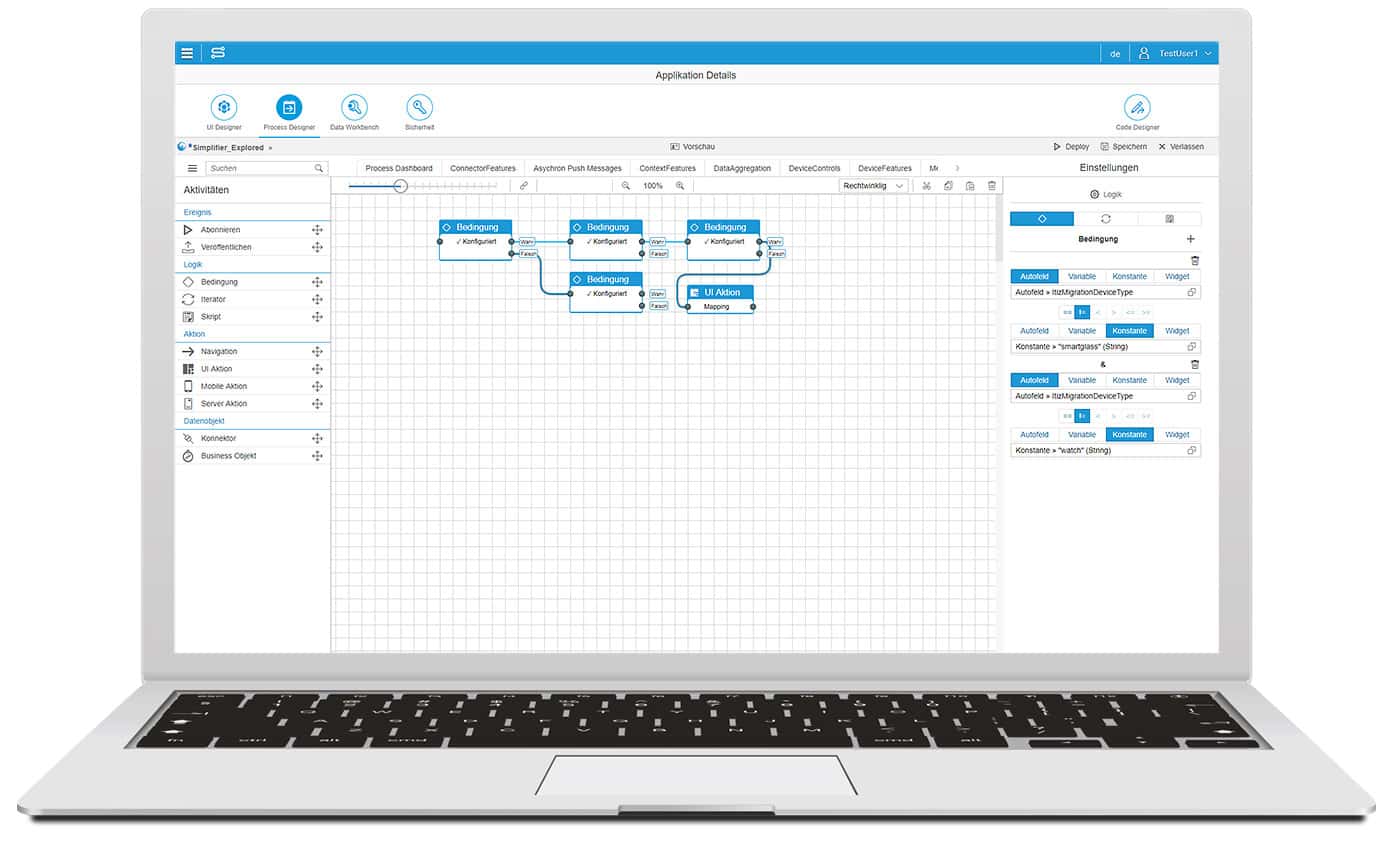
Code Snippet
The Low-Code Platform Simplifier’s configuration approach automatically generates code snippets in the background when applications are built. A snippet is a coding term that contains a small set of reusable source code, machine code or text.
The script element of the Simplifier, enables the integration of a user-defined JavaScript snippet. This is activated by the previous action. Use drag-and-drop to move the activity “Logic” into the design area and click on it to select the “Script” (right icon).
The activity “Script” shows a preview of the JavaScript full screen on the right side. You can also enter code in this section, the changes have been saved and also applied to the full screen. The full screen mode is opened by clicking on the corresponding icon.
Widgets
The “Widgets” section in the UI Designer is something like the Simplifier library.
The elements grouped in categories are used to build the user interface in the UI Designer. A widget is a specific element in the user interface. This includes, for example, a checkbox, a button or a logon screen. These can also be used via drag & drop. The creation of your own widgets as well as the extensive modification and implementation of existing widgets is perfectly simple.
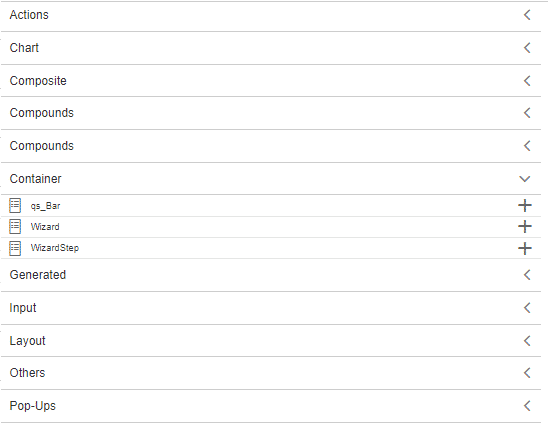
Connectors
Working with the low-code platform Simplifier is extremely sustainable due to the reusability of its various components. Once created, connector or layout templates can be used in many different applications.

Integration
How standardized connectors can connect fragmented system infrastructures.
Plugins
If you are not able to configure logics, interfaces or UI elements in the Simplifier, you may use your own plugin. These are optional software components that enhance and modify the existing software. In relation to the Simplifier, plugins provide coded JAR files that can be coded in a traditional way such as Eclipse, Netbeans or another Java IDE. The plugins can be run independently and from remote and they communicate with the low-code platform Simplifier. Each plugin has its own port and if necessary also its own IP addresses.

